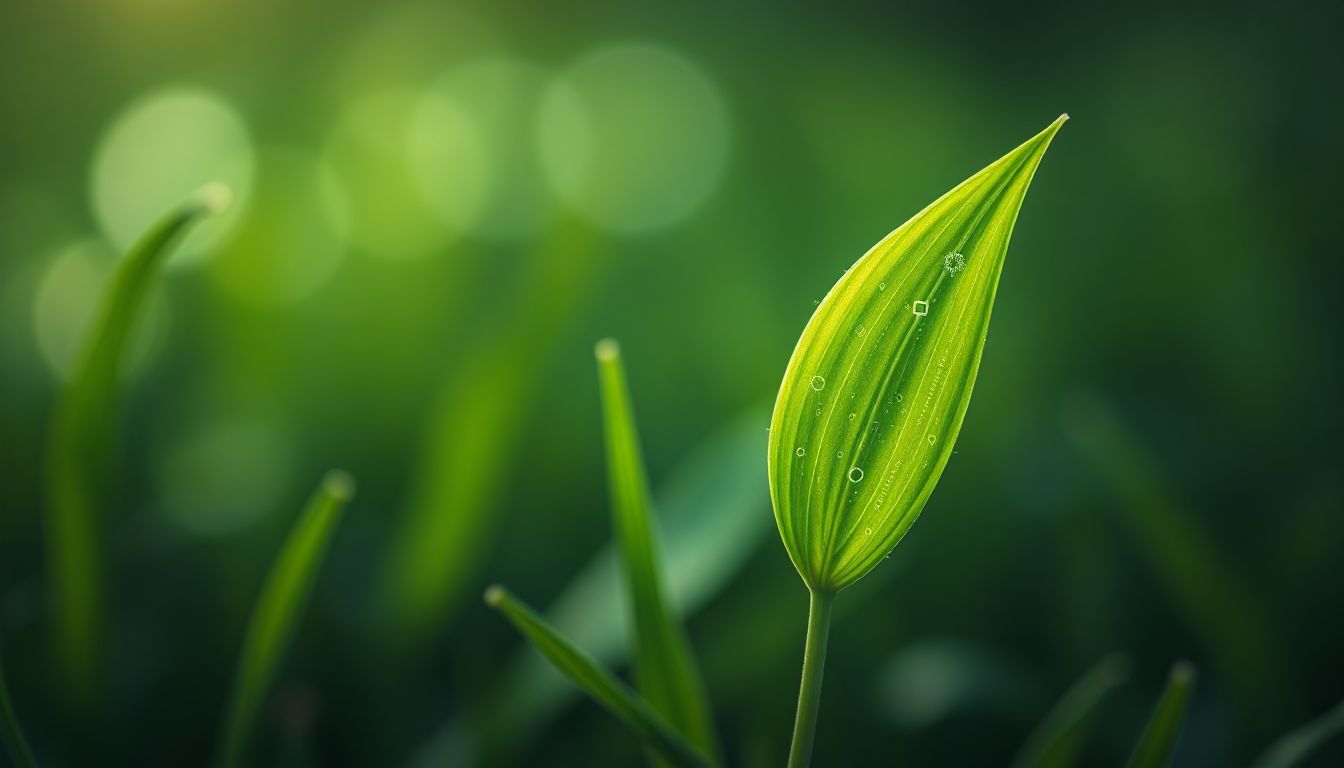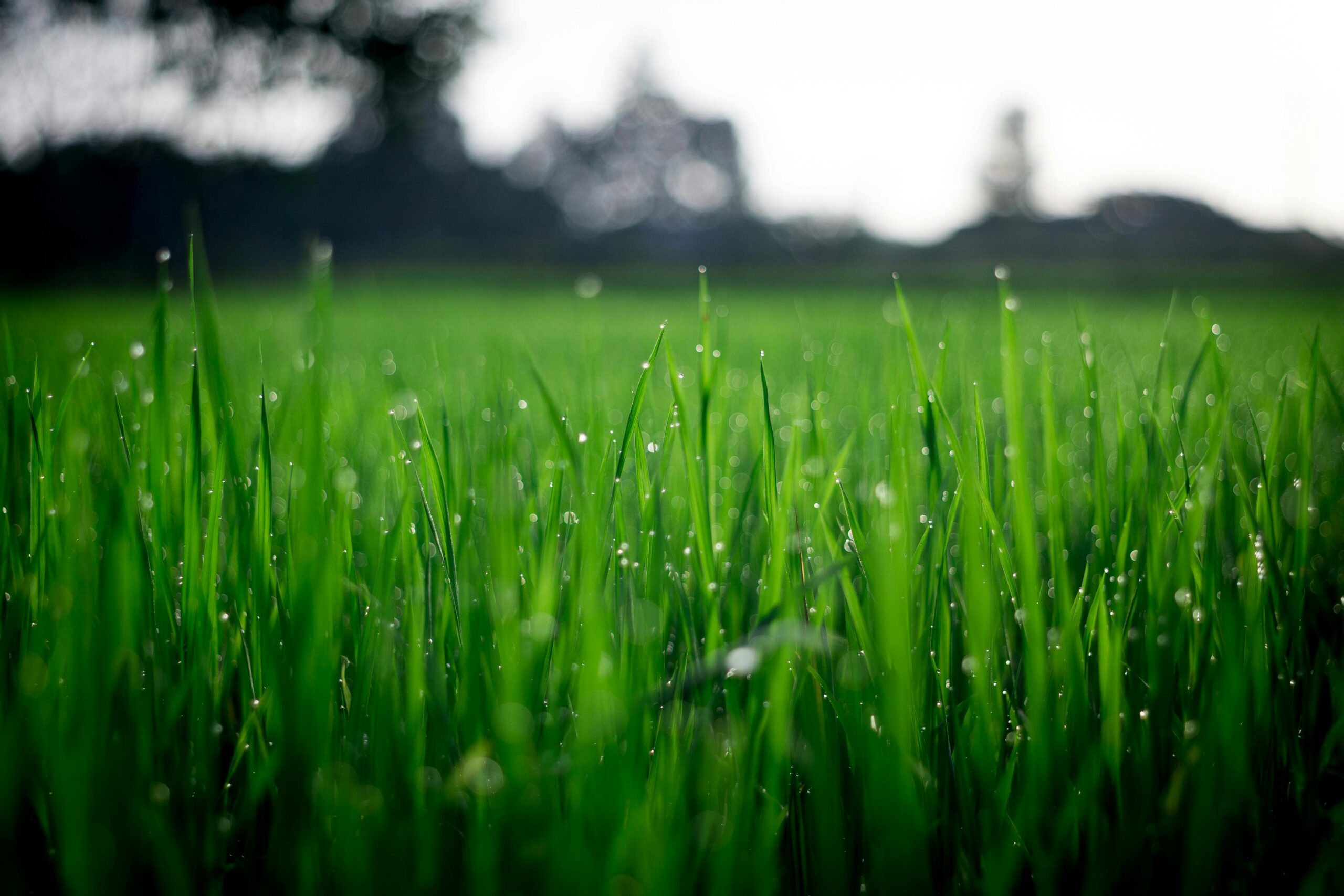
We see green grass almost everywhere. It covers our lawns, fills parks, and blankets hillsides. But have you ever stopped to wonder, “Why is grass green?” It’s a simple question with a fascinating scientific answer. The reason for this common color comes down to how plants interact with sunlight.
The color we see in anything depends on how it absorbs and reflects light. Grass has a special way of doing this, involving a key ingredient. This ingredient is a pigment, a natural dye, that gives grass its vibrant hue. This natural process is not just about looks; it’s vital for all plant life.
Understanding this biological wonder can seem complex. But AI can help us break down these ideas. We can look at how plants work at a basic level. This helps explain why our world often looks so green and full of life.
The Role of Light and Pigments
How We See Color
Let’s first talk about how we see color. White light, like from the sun, is actually a mix of all colors. Think of a rainbow; it shows us these colors. When light hits an object, the object’s surface absorbs some colors and reflects others.
The colors that bounce off are the ones our eyes pick up. So, if a shirt looks blue, it means the shirt is absorbing all other colors. It reflects only the blue light for us to see. This is how the magic of color happens around us every day.
Chlorophyll: The Star of the Show
Now we get to the main player in grass’s green color: chlorophyll. You find chlorophyll inside tiny parts of plant cells called chloroplasts. This pigment is super important for plants. It helps them make their own food.
Chlorophyll works by taking in certain light waves. It strongly absorbs red and blue light from the sun. But it doesn’t really use green light. Instead, chlorophyll reflects green light away. This reflected green light is what our eyes see, making grass look green.
Photosynthesis: More Than Just Color
The Process Explained
Chlorophyll’s main job is to help with photosynthesis. This is the process plants use to turn sunlight into energy. Imagine plants as tiny chefs, always cooking up food. They need sunlight, water from their roots, and carbon dioxide from the air.
Chlorophyll captures the sun’s energy. It uses this energy to mix carbon dioxide and water. This creates glucose, a sugar that fuels the plant’s growth. A very important byproduct of this process is oxygen. Plants release oxygen back into the air, which we breathe.
Why Green is Optimal for Plants
You might wonder why plants reflect green light if it’s full of energy. It seems like a waste, right? But plants are very smart. They absorb the red and blue light because these wavelengths have the most energy. They use this energy most efficiently for making food.
Reflecting green light means the plant isn’t using energy trying to absorb light it cannot use well. Over many, many years, plants have evolved. They adapted to use the available sunlight spectrum in the best way. This makes them grow strong and healthy.
Beyond Chlorophyll: Other Pigments
Accessory Pigments
While chlorophyll is the main pigment, plants have others too. These are called accessory pigments. Think of them as backup singers helping the main act. Two common ones are carotenoids and xanthophylls. These pigments absorb light colors that chlorophyll might miss.
They help gather even more light energy for the plant. Then, they pass this energy along to chlorophyll. These pigments also do another job. They protect chlorophyll from too much sunlight, which can cause damage. They are like sunscreen for the plant.
Why We Don’t Always See Them
During the growing season, grass is packed with chlorophyll. There is so much of it that its strong green color hides other pigments. The carotenoids and xanthophylls are there all the time. But their colors, like yellow and orange, are simply masked.
You mostly see these hidden colors in autumn leaves. When the weather gets cold, chlorophyll breaks down in trees. This lets the yellow and orange colors of carotenoids finally shine through. It’s a beautiful change, showing the hidden colors plants carry.
Grass Health and Color Variation
Factors Influencing Greenness
The shade of green in grass can tell us a lot about its health. Several things can change its color. Water is very important. If grass doesn’t get enough water, it wilts and turns brown or yellowish. This shows it’s stressed.
Nutrients in the soil also play a big part. For instance, nitrogen is key for making chlorophyll. Without enough nitrogen, grass might look pale green or even yellow. Sunlight exposure is another factor. Too little sun means less photosynthesis, which means less chlorophyll production.
When Grass Isn’t Green (and Why It Matters)
Sometimes grass isn’t green at all. This can happen for different reasons. During dry spells or cold winters, grass can go dormant. It stops making chlorophyll and turns a dull brown. It looks dead, but it’s often just resting.
Diseases or pests can also hurt grass. Fungal infections might cause yellow patches or brown spots. Bugs can damage the roots or blades, leading to discoloration. Even things like pollution or packed-down soil can affect grass health. This can change its color too.
Conclusion
So, why is grass green? It’s all thanks to chlorophyll. This amazing pigment absorbs red and blue light for energy. It reflects the green light, which is what we see. This process is called photosynthesis, and it’s how plants make food.
This vibrant green color is more than just pretty. It shows that plant life is healthy and working hard. Every blade of green grass helps make the oxygen we need to breathe. Understanding this small detail shows us how interconnected our world truly is.


